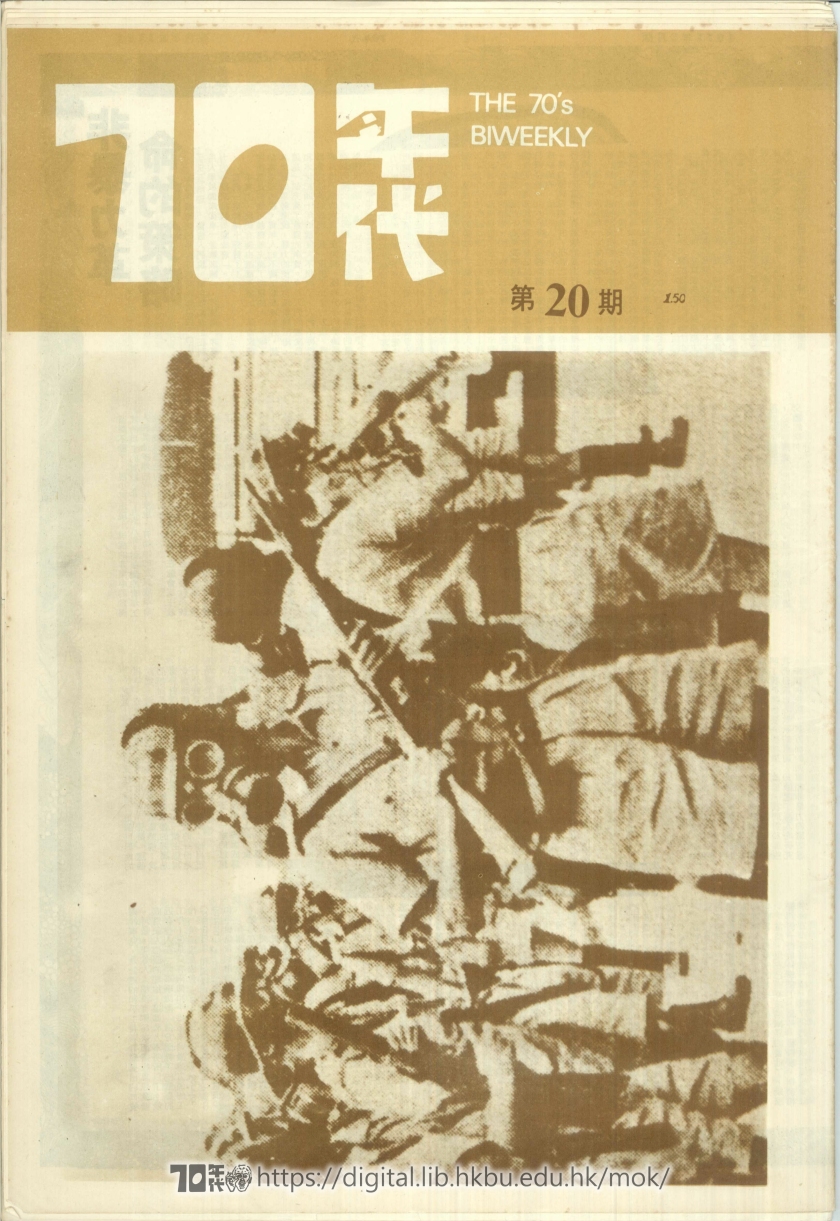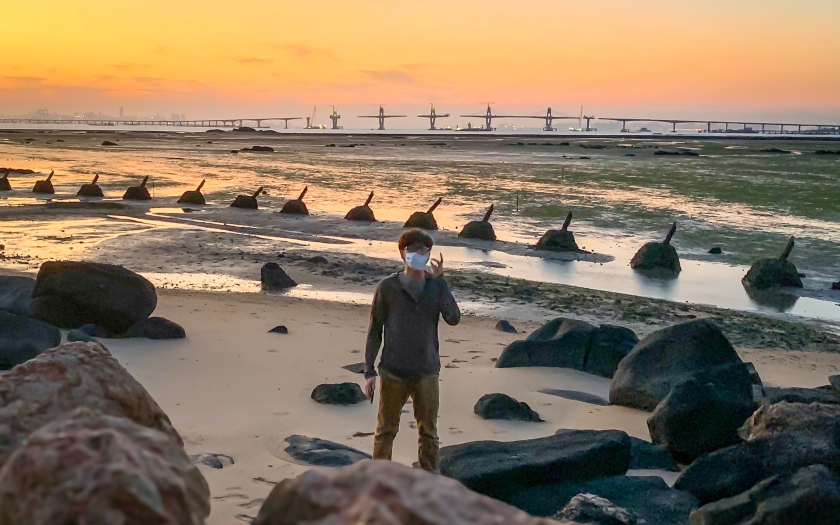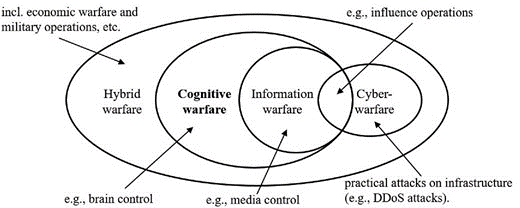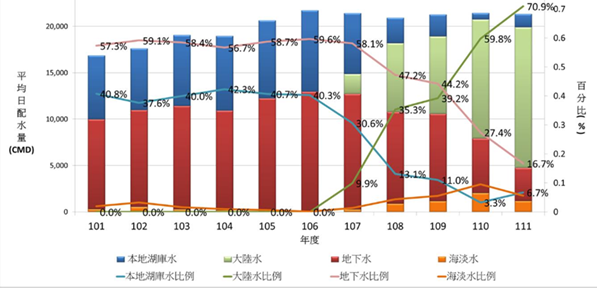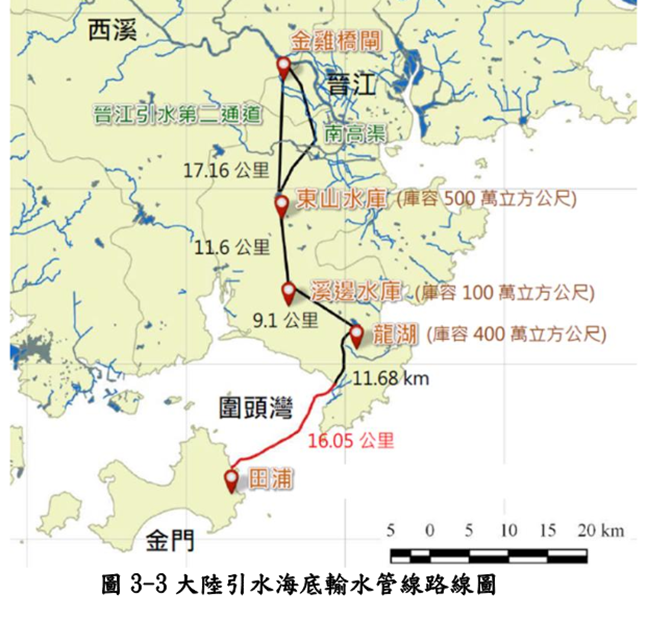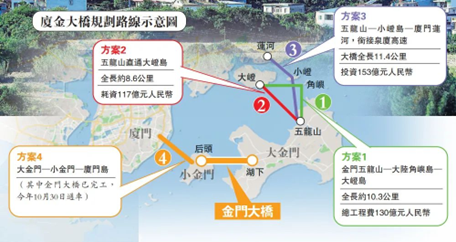Hamilton·CBC Investigates
Prisoners in Hamilton put in segregation at far greater rate than any other Ontario jail, data shows
City's segregation rate 4 times higher than province, meets UN conditions for torture
After spending nearly a solid month alone in a jail cell in Hamilton, Cedar Hopperton remembers how the deafening quiet and isolation impacted her.
"The main thing that strikes you is the silence … it definitely aggravated feelings of anxiety and fear, like listening to every little sound in this totally silent environment, just being really worried and stressed," she said.
While at the Hamilton-Wentworth Detention Centre (HWDC) in 2018, Hopperton was put in what the province calls segregation — or what prisoners often call "the hole," she said.
"You're literally in a little cream-coloured box with nothing … usually all your possessions are taken away from you and you have to bargain for them back," said Hopperton, who is now an advocate for incarcerated people.
Segregation, also known as solitary confinement, is when prisoners are physically and socially isolated in a cell for 22 hours or more.
A CBC Hamilton analysis of data shows segregation in Ontario jails has been ramping up since 2019, despite the Ontario Human Rights Commission urging the province to phase out segregation in its jails since 2016.
In Hamilton, it has been happening at a far greater rate than the rest of Ontario and has met the United Nations' threshold for torture, with some segregation periods lasting as long as 21 days.
Under its Mandela Rules, the UN considers segregation of over 15 consecutive days a form of torture, calling it "cruel" and "inhuman." The UN Special Rapporteur on Torture has been calling for an end to segregation globally since 2011. Ontario's ombudsman also says, in a 2017 report, that segregation should only be used as a last resort, noting research shows the health and suicide risks associated with extended segregation.
'The numbers are so high, it's hard to believe'
The CBC analysis of provincial data shows the Hamilton jail accounted for roughly one out of every five segregation placements reported in Ontario's 25 correctional facilities between April 2022 and March 2023.
During that period, more than 1,408 prisoners were placed in segregation 11,494 times at HWDC. That's the equivalent of an estimated 31 placements per prisoner in a year.
When factoring in jail population data, obtained through a freedom-of-information request, Hamilton's segregation rate was four times the provincial rate of seven placements per prisoner.
"The numbers are so high, it's hard to believe … we've got a problem, 100 per cent," said Peter Boushy, a longtime local criminal defence lawyer who was shown CBC's figures and has many clients who have been imprisoned at HWDC.
The province lists six reasons for putting people in segregation:
- They pose security risks.
- They pose security risks for medical concerns.
- They need protection.
- They need protection for medical concerns.
- For misconduct.
- For refusing to be searched.
The Ministry of the Solicitor General declined an interview and didn't address detailed questions about CBC's findings in its emailed statement.
Despite the jump in segregation use across Ontario, ministry spokesperson Andrew Morrison said the province "continues to make progress in keeping inmates out of segregation conditions" and highlighted a 2020 announcement of $500 million over five years to hire staff and "modernize" facilities.
'If I was in charge … I'd be asking a lot of questions'
The province's website describes HWDC as one of its eight regional facilities meant to serve a larger area and be a "point of entry into the institutional system."
In other words, many of the people in HWDC and other provincial jails haven't been convicted for the charges that landed them behind bars. Data from provincial courthouses also shows 54 per cent of cases that were before Ontario courts in 2022 ended up being withdrawn or stayed before trial.
Howard Sapers was previously Canada's correctional investigator and was an independent adviser to Ontario on corrections matters. The federal government describes Sapers as a "prominent expert on effective and humane corrections management."
He saw CBC's data and said it is "alarming" and shows "people who haven't even been convicted are being thrown into … the worst, most oppressive forms of custody."
"If I was in charge … I'd be asking a lot of questions," Sapers said.
After HWDC, the next highest segregation rates for 2022-23 were at the Vanier Centre for Women in Milton, the North Bay Jail and the Elgin-Middlesex Detention Centre in London.
HWDC had 368 imprisoned people in 2022-23, making it the seventh most populous jail in Ontario. The Toronto South Detention Centre had the highest population with roughly 1,200 prisoners.
That means Toronto South has roughly triple HWDC's population and yet HWDC's segregation rate is roughly 10 times higher.
The segregation data, which only accounts for reported segregation placements between fiscal years 2019-20 and 2022-23, was compiled using the population of each jail and annual statistics publicly released by the Ministry of the Solicitor General.
The data does not include unscheduled lockdowns, where prisoners are stuck in their cells sometimes for extended periods of time because of security incidents, searches or other reasons. CBC only used data between 2019 and 2023 due to inconsistencies in how the province tracked segregation in prior years.
Jane Sprott, a Toronto Metropolitan University criminology professor who was shown CBC's figures, said having a high segregation rate isn't good, but a low rate doesn't make one jail better than another, noting it could just mean there were fewer segregations per prisoner but for longer periods of time.
Sprott and Anthony Doob, professor emeritus of criminology at the University of Toronto, led research in 2020 into segregation in federally run prisons — called solitary confinement — and the rate at which it amounts to torture.
They did the research while being members of an advisory panel the federal government formed when it was replacing segregation in federal prisons with a new system in 2019. Sapers was chair of the panel.
Under the new system, prisoners must be granted at least four hours a day outside their cells, including two hours of "meaningful human contact." But the new system is still being used more often — and for longer periods of time — than intended.
Hamilton's segregation rate has jumped since 2019
Sapers said the amount of segregation taking place in Hamilton is a "symptom of much bigger problems," which could include issues related to staffing, morale, training, policy awareness and compliance, infrastructure or institutional violence.
In the 2019 fiscal year, the segregation rate was three times per prisoner. Three years later, it was happening 10 times as often, with the rate ballooning to 31 segregation placements per prisoner.
Sapers noted the COVID-19 pandemic prompted jails to be more restrictive and some have continued pandemic practices like isolating new inmates, among other actions, even though the worst of the pandemic is over.
The short timeframe of the data analysis can't determine whether the pandemic had a long-term impact on segregation rates.
Chad Oldfield is chair of the Ontario Public Service Employees Union's (OPSEU) Corrections Ministry employee relations committee.
Oldfield said the province's jails "are in crisis after years of understaffing and under-resourcing."
"The union agrees that the use of segregation-like conditions are detrimental to the mental health and well-being of the inmates in our care, however, our correctional system lacks any kind of practical alternative," he wrote in an email.
"For years, front-line correctional workers and their union have been sounding the alarm on these ongoing systemic issues and advocating for better working conditions, which in turn are better living conditions for those in custody."
He said the COVID-19 pandemic hit jails hard — many staff got sick and many prisoners entered isolation for health reasons. He said mental health and addictions issues in jails have also "skyrocketed," and both prisoners and staff face an "ongoing threat of violence."
Oldfield said the province needs more full-time correctional officers, better infrastructure, and more training and resources for staff.
Segregation in Hamilton met UN conditions for torture
CBC Hamilton used another freedom-of-information request to obtain more detailed data about who entered segregation in HWDC for 2022-23, how long they stayed and why they were put in.
Those figures show 312 people entered segregation between six and 10 times. A smaller group, 32 prisoners, entered segregation between 41 and 155 times.
The average length of segregation was a day and a half, but the longest at HWDC was 21 days — which is the longest segregation stay in the province for a man that year and exceeds 15 days, the threshold the UN considers to be torture.
Ontario's Court of Appeal also set a hard 15-day cap on segregation in 2019. The province did not respond to CBC on how or why the cap was allowed to be exceeded in Hamilton. It did say it was "important to note that an inmate can request a placement in segregation conditions."
Of the people who entered segregation, 504 had a mental health alert on their file, which means they've disclosed a mental illness, demonstrate behaviour that suggests mental illness or have shown signs of or have said they're thinking about suicide.
The 504 prisoners represent roughly a third of people segregated in HWDC in 2022-23.
There were also 112 people in segregation who had "severe mental illness" and 223 people on suicide watch, which is when the imprisoned person needs "increased supervision" due to a "high risk of suicide or self-harm."
Ontario's ombudsman has said, by law, prisoners with "a serious diagnosed mental illness" cannot be held in segregation, but some may have safety or security concerns that prevent them from being housed with others.
In those cases, the ombudsman said his office speaks with local jail staff and follows up with the province to ensure the prisoners continue to have access to programming and mental health support.
In a 2013 settlement, the province committed to not placing people with mental health issues in segregation unless alternatives to segregation were considered and rejected because they would cause "undue hardship."
Morrison, the ministry's spokesperson, said that in some cases it is necessary to separate people from other prisoners for "health, safety and/or security reasons."
He also said there have been "substantial reductions in the length of time that inmates are spending in segregation conditions" and "regulatory amendments are now in force" to address legal limits on the length of segregation placements, prohibit segregation for people with mental health issues and do independent reviews of those in segregation.
The 'exceptionally debilitating' effects of segregation
Boushy said many of his clients have mental health issues. "Segregation has, for the most part, an exceptionally debilitating effect on the psychological and emotional well-being of our clients."
The HWDC figures don't offer much information about why segregations occur. They also appear to be categorized differently than the publicly available data.
While the province has six categories for why people get put into segregation, the HWDC data lumps people into just three:
- Refusing to be searched.
- Protecting the security of the institution or others (including for medical or other reasons).
- Because an imprisoned person needed protection (also including for medical or other reasons).
In four cases, HWDC reported someone entered segregation for refusing a search.
Meanwhile, people went to "the hole" 8,338 times to protect the security of the institution or safety of others. Segregation was used another 2,671 times because a person needed protection.
"If your only way of keeping people safe is by isolating them, you're not operating a very safe correctional institution," Sapers said.
Boushy said HWDC staff may be using segregation to create space due to overcrowding in the facility.
He said there are three inmates in many cells, which means one person sleeps on the floor while two sleep in bunk beds.
Last year, HWDC prisoners who went on a hunger strike described overcrowding and staffing shortages at the jail and sounded an alarm about weekly lockdowns, among other things.
Former prisoners have also raised issues with what they call a "broken" complaint system.
Province has long faced calls to end segregation
Hopperton, who spent time in segregation for what she said were administrative reasons and not misconduct, said she believes the true segregation rate is higher.
She said that when she was in jail, staff would lock her in the shower for three to four hours so she was out of her cell long enough to no longer be considered in segregation. The province did not respond to comment on such a tactic.
Sapers said he isn't surprised to hear what Hopperton said about the tactic, pointing to the 2017 report by Ontario's ombudsman.
The ombudsman investigated segregation after seeing a steady rise in complaints, a lack of response to previous recommendations and hearing about Adam Capay, who spent more than four years in solitary confinement in Thunder Bay while awaiting trial for murder. The charges were stayed in 2019.
The report showed jails didn't track segregation properly and oversight was "severely lacking," leaving vulnerable inmates in isolation for prolonged periods of time without the required reviews.
The ombudsman made 32 recommendations to the province, all of which were accepted.
Some of those included implementing a more specific definition of segregation, more training to staff and regularly auditing segregation data.
As of October 2023, the province has implemented 29 recommendations, according to the ombudsman.
The ombudsman noted it is waiting on the province to create an independent panel to review segregation placements and waiting on Ontario to better integrate paper and digital systems.
Saper said segregation should be scrapped.
"The purpose of corrections is to prepare people to live safely in the community. Just about everyone in a detention centre is going to be released one way or another," he said.
"Don't you want the person being released to be better able to cope safely in society … you can't achieve that if you've confined someone in a segregation cell."
METHODOLOGY: How CBC analyzed segregation placements in Ontario jails
The data included in this story was compiled by the Ontario Ministry of the Solicitor General and publicly disclosed every fiscal year. To compare segregation placements between correctional facilities, CBC divided the total number of segregation placements by every jail's corresponding average daily custodial counts for every fiscal year (2019/20 to 2022/23), as obtained through a freedom-of-information request. Two subject matter experts consulted by CBC News have seen this analysis and said that given the data available, calculating a segregation placement rate is the best way to represent change over time and to compare jails.
CBC only used data from 2019/20 to 2022/23 because prior years didn't collect data for the whole fiscal year and didn't release data for all jails. The limited time frame isn't long enough to determine a trend. Toronto Intermittent Centre, Elgin-Middlesex Regional Intermittent Centre and the Ontario Correctional Institute are not included in the analysis due to incomplete data.
Additional statistics on segregation placements for the Hamilton-Wentworth Detention Centre were obtained by CBC News using a freedom-of-information request.
Research and data analysis: Bobby Hristova (February – May 2024).
Data verification & analysis: Naël Shiab (February 2024) and Valérie Ouellet (April — May 2024).







